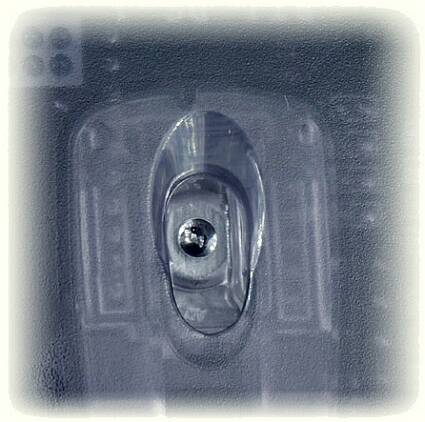Logitech MX Mice: The Weapon for Quakers!
Optical Technology
To understand what is involved with an optical sensor, you must first know how it works. Originally developed by Agilent Technologies, a subsidiary of HP, the system is complex even though it is not costly to mass-produce. A luminous red diode projects light onto a surface. At the same time, a simplified camera takes a shot of the surface at regular intervals. The images are then received by a sensor which, as in digital photography, can process a certain number of pixels to restore the image to the electronics in digital form. The chip then compares the digital images and uses the differences it records to calculate the movement of the mouse.
Up to now, there were two generally accepted criteria used to judge a sensor's performance. One was the number of images captured and analyzed per second, and the other was the resolution, meaning the number of shots that could be taken over a given distance. The first factor is easy to understand: the more measurements taken within an allotted time, the greater responsiveness and precision will be.
Resolution is more difficult. The manufacturers express it in dpi (dots per inch), but this should actually be cpi (count per inch), i.e., the number of measurements taken over a distance of one inch. The resolution affects two physical factors. When it increases, precision improves because there are more measurements over the given distance but, on the other hand, the mouse physically travels over a shorter distance. This consequence is significant for high resolutions on screen because it means the hand does not have to move so much to get from one corner of the screen to another.
Get Tom's Hardware's best news and in-depth reviews, straight to your inbox.
